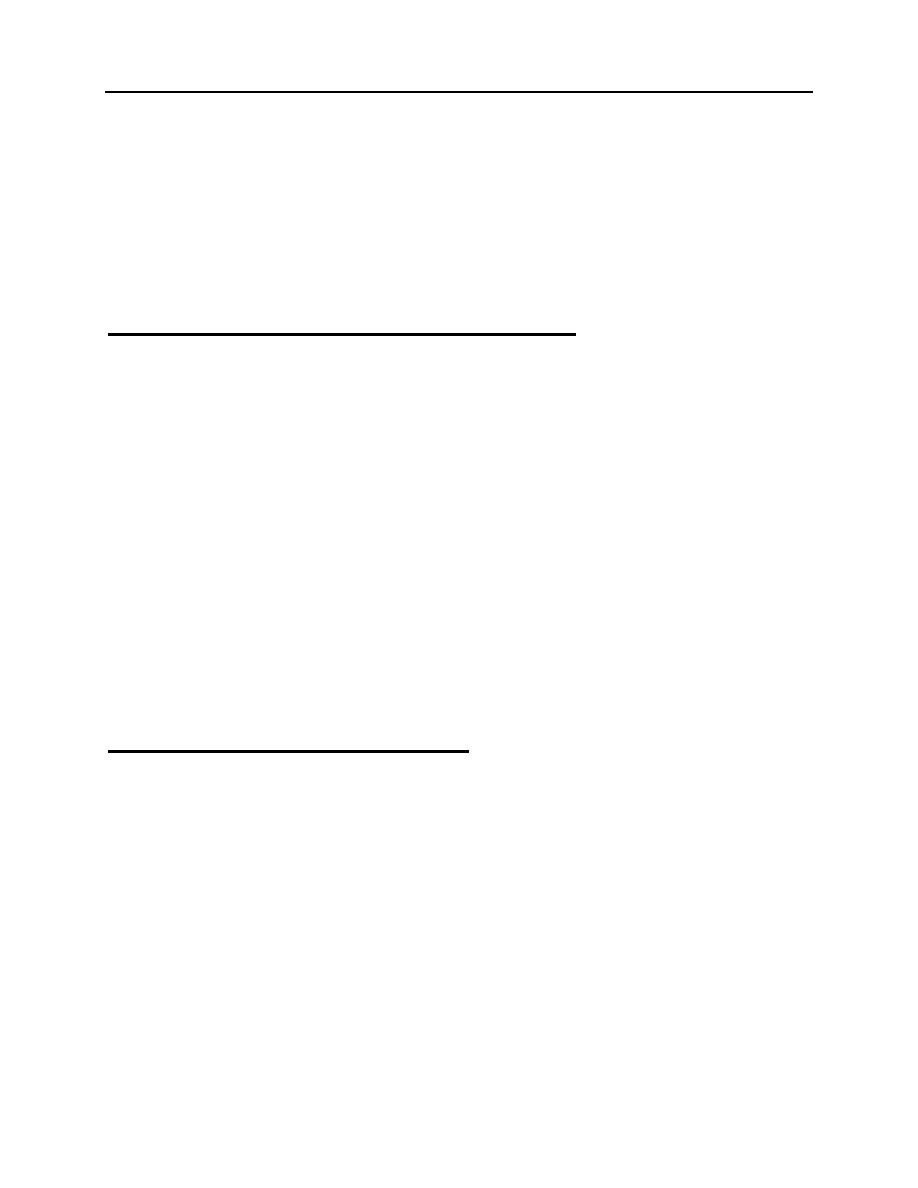
| Tweet |

Custom Search
|
|

|
||
 City of Solana Beach
Section 3
Shoreline and Coastal Bluff Management Strategies Draft MEIR
Environmental Impact Analyses
approve seawalls, revetments, and similar shoreline protection structures, in order to alter
shoreline processes and protect existing structures. Therefore, under this alternative, there
would be no significant impacts to population or housing.
Mitigation
Impacts to population and housing would be less than significant under this alternative;
therefore, no mitigation is necessary.
Alternative 3 Sand Replenishment and Retention Program
This alternative would involve continuous sand replenishment and retention projects and would
not significantly increase employment levels or generate jobs within the City. Any jobs created
by this alternative would not cause any significant redistribution of population within the region.
Therefore, impacts to population would not occur.
Sand replenishment and retention would help provide a buffer between the bluffs that housing is
situated upon and the tide line. Construction activities would be limited to beach areas below
the bluffs for replenishment and offshore for retention structures. The housing supply would not
increase or decrease as a result of this alternative. Impacts to housing would not result in
reduced property value or increase in vacancy rates. Property values for bluff top residences
may increase due to the enhancement of the beach and the resulting reduction of bluff top
failures. Therefore, impacts to housing under this alternative would be insignificant.
Mitigation
Impacts to population and housing would be less than significant under this alternative;
therefore, no mitigation is necessary.
Alternative 4 Planned Coastal Retreat Policy
This alternative would include bluff top development regulatory policies that would establish
setback lines based on estimated bluff erosion 50 and 100 years from now. No new
development would be allowed seaward of the 50-year setback line for 50 years, and then the
100-year line would become the new "no new development" line for the remaining 50 years.
The area is completely built out with no vacant parcels; however, improvements or additions to
existing structures would also be limited by the setbacks. This alternative would also not allow
old housing structures to be replaced by new structures seaward of an established "no new
development" line. The current average erosion rate in the region is approximately 0.4 feet per
year, or 27 to 40 feet per 100 years. At this current rate, the setback lines for 50 years and 100
years would be 20 and 40 feet, respectively. Many houses are currently set back approximately
10 to 15 feet at the most. Therefore, given the estimated setback lines and current erosion
rates, in 50 years, most houses/condominiums would be located at least partially beyond the
50-year setback line.
Project No. 323530000
Page 3-61
|
 |
|
 |
||